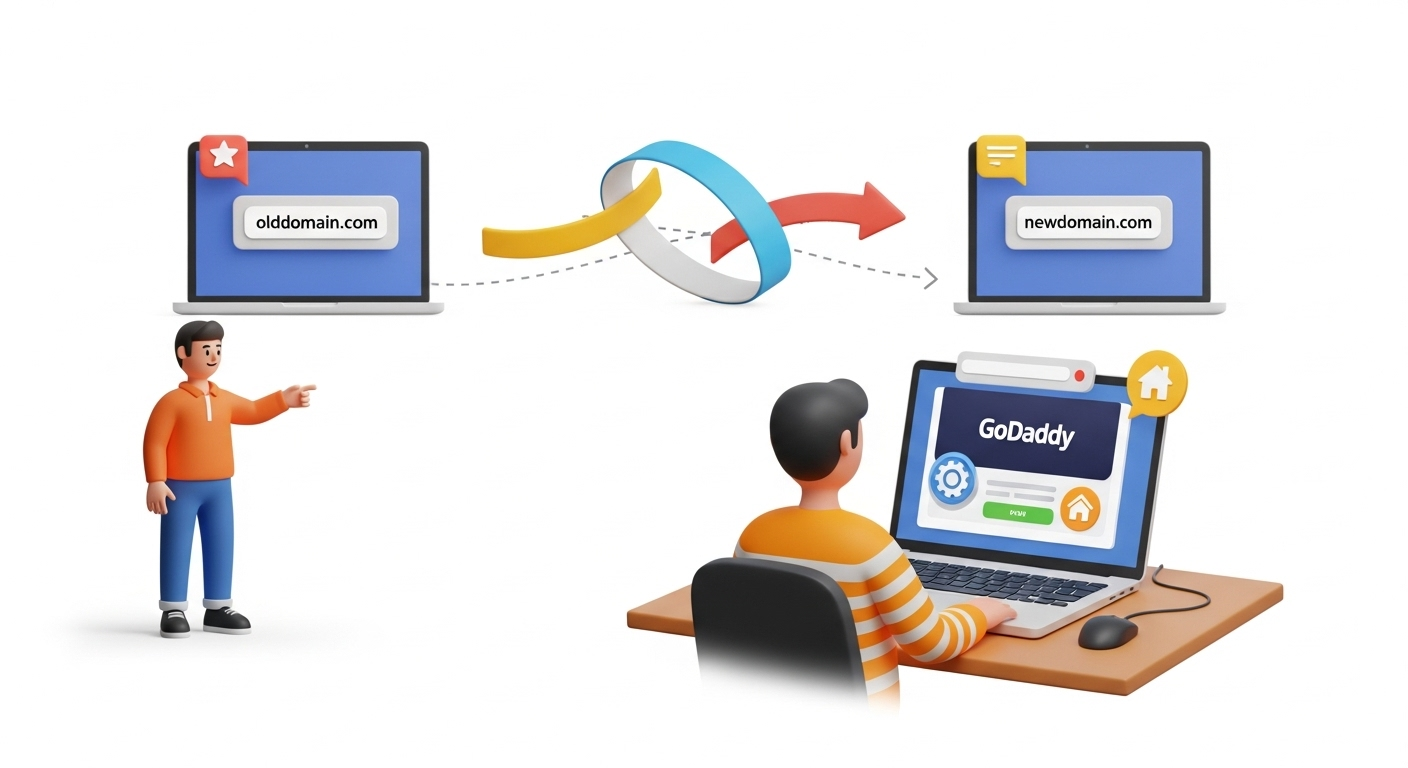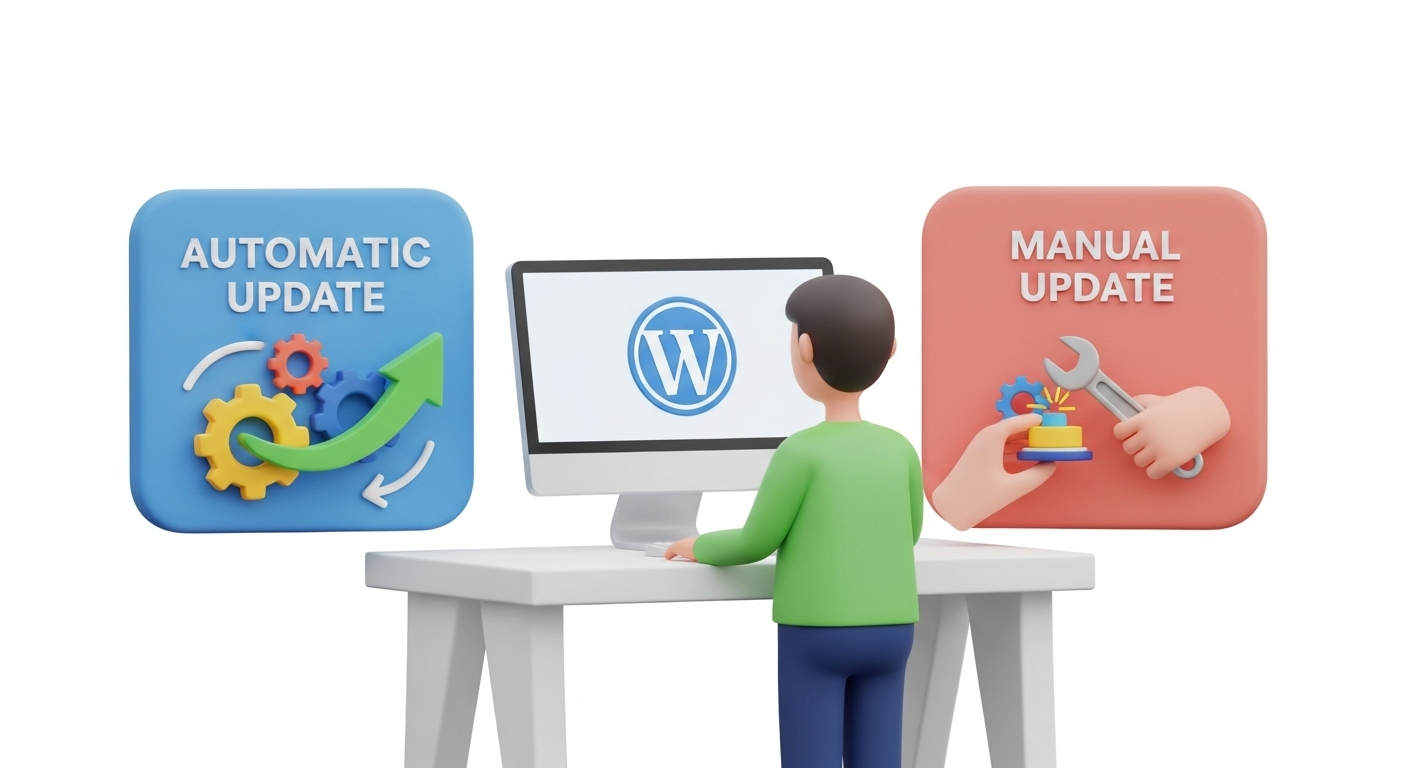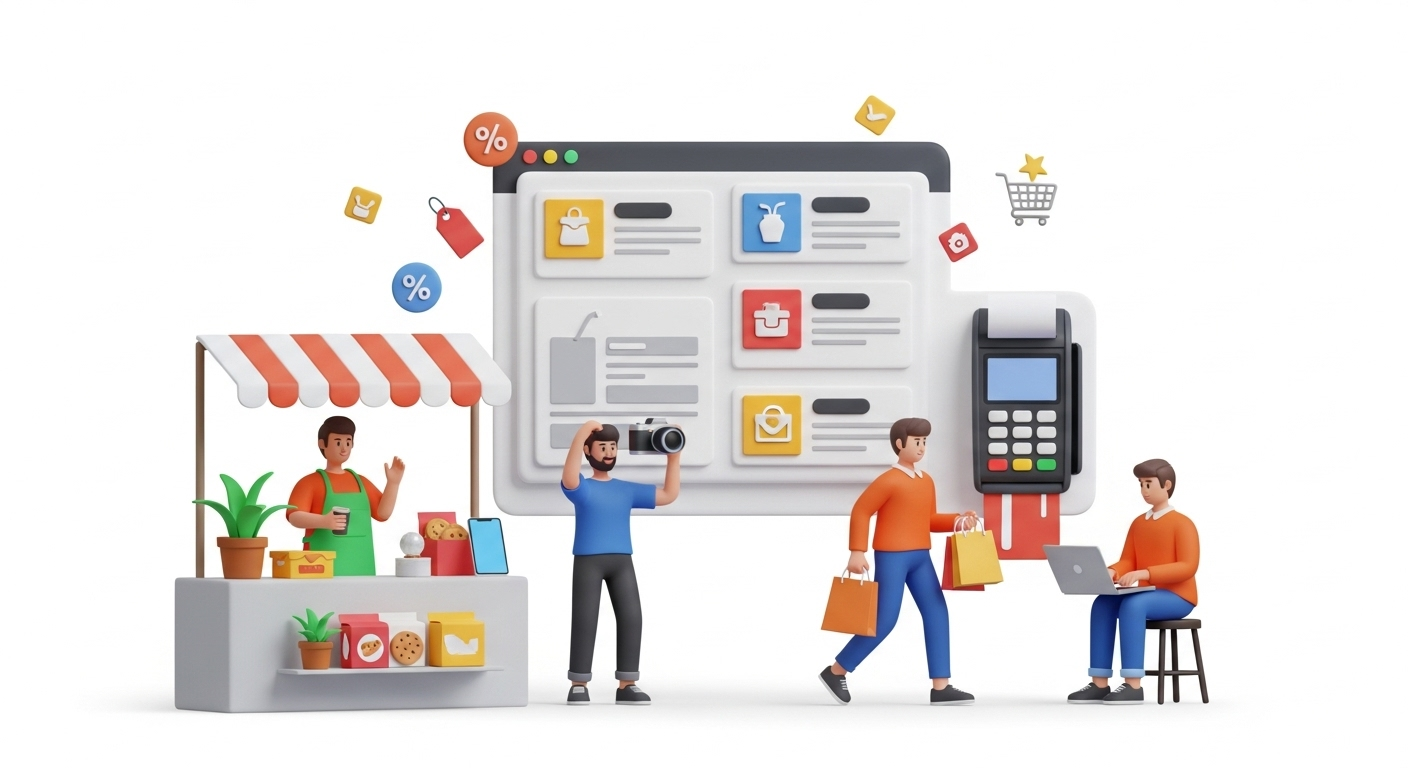Migrating across various shopping carts is delayed time and again for fear of making a mistake and damaging the store. To get around the problem, store owners usually turn to an expert and pay a large fee to get the job done, or even try to transfer data manually. However, there is the third option - migrating data using automated tools. If you’re ready to transfer your BigCommerce store data to Shopify on your own - our migration checklist presented below will help you go through the replatforming as stress-free as possible.
Before you start BigCommerce to Shopify migration
Prepare your BigCommerce store
-
- Run BigCommerce store data audit
Audit all the current records of your BigCommerce store data, and decide what data needs to be edited or deleted. This is a critical first step for any successful BigCommerce to Shopify migration.
Prepare the Shopify store
-
- Get your Shopify store ready
Get your Shopify store ready by creating an account at Shopify.com.
-
- Choose a default theme
Do not change the default Shopify theme at the very beginning of the setup process, and make no customizations to it, since it may interfere with the migration process.
Set up BigCommerce to Shopify data transfer
Configure the Source cart
Choose BigCommerce from the drop-down menu and paste your current store’s URL. Provide the Client ID, API Path and API Token from the admin account (find a detailed guide on how to do that in our FAQ).
Specify the Target cart
Choose Shopify from the drop-down list and click the “Install Plugin” button. To complete the login process, please, provide your store’s URL and proceed with the app installation (more detailed info here).
Select data for migration
Pick entities you wish to transfer to the new Shopify store. You can either choose to migrate separate items like Products, Customers, Orders, Blogs, Coupons, or click on the “Select All” box.
Specify migration extras
Choose the additional migration options if you want to improve the migration result with 301 redirects or by migrating Source Store categories into Shopify Automated Collections, etc.
Map customer groups & order statuses
Match your BigCommerce order statuses and fulfillment statuses to the corresponding relations between entities on Shopify.
Launch a free Demo migration
Transfer a small number of products in just a few minutes and check the efficiency of the service and its compliance with your requirements (more info here).
Start Full migration
Click the Start Full Migration button to initiate the Full BigCommerce database transfer to your new Shopify store. When finished, check the migration results and enjoy the possibilities of the new platform.
Find more info about Shopify migration in this post.
Post-Migration Recommendations
-
- Add the new functionality to the Shopify store
Go to the Shopify App store and find those top Shopify apps that will help you expand the initial functionality of your new store far beyond its initial limits.
-
- Make the new store look great
If you’re happy with the migration result, it’s time to make the look and feel of the store as you want. You can either customize the default theme or change it for a different one.
-
- Invite customers to renew their accounts
Notify your customers that you’ve replatformed and ask them to activate their accounts. You can send them the direct invitations with the help of the “Bulk Account Invite Sender” app.
-
- Test your Shopify store
To make sure that your new store works correctly, create a test product and make a test purchase. Go through the typical shopping procedure, select shipping and payment options to ensure that everything works properly. For a full list of post-transfer checks, review our post-migration tips.
If you're migrating from WooCommerce to Shopify, it’s important to carefully test the functionality of your store. This will help you identify any potential issues and ensure a seamless shopping experience for your customers.
Сheck out this post for more detailed and in-depth info about BigCommerce to Shopify migration.
BigCommerce to Shopify Migration - FAQs:
How to import products from BigCommerce to Shopify?
To migrate your BigCommerce products to Shopify, you only need to check the matching box (products) on the corresponding step of the Migration Wizard and have your products imported to Shopify in a totally automated way.
What is the difference between BigCommerce and Shopify?
Shopify is the perfect platform for building online stores of all shapes and sizes and is generally more intuitive to use. Alternatively, BigCommerce has a steeper learning curve but allows businesses to grow quickly to enterprise levels.
How much does it cost to migrate to Shopify?
Migration cost varies depending on the number of entities you wish to import into Shopify. It is possible to calculate the exact price here.
Alternatively, you can choose one of four Data Migration Service packages that also differ in cost and scope of customization options.
As you can see, when broken down into the above simple steps, the whole migration process isn’t as complex as it may seem. All it really requires is to follow thoroughly each step of the migration checklist and in case something goes wrong – the Cart2Cart Support Team is always ready to lead you through the migration wizard trouble-free. If you’re looking to migrate from Shopify to WooCommerce, their expert support will ensure a smooth transition every step of the way.
Monthly Update – December 2025
As 2025 draws to a close, e-commerce platforms continue to evolve rapidly, with a significant push towards headless commerce architectures and enhanced personalization. Merchants planning a platform migration, particularly from a robust system like BigCommerce to Shopify, should now consider the long-term benefits of a decoupled front-end. This approach offers unparalleled flexibility in design and user experience, crucial for standing out in a competitive market. Implementing a headless setup with Shopify can streamline content delivery and provide a truly omnichannel experience, a growing expectation for modern consumers. Furthermore, integrating advanced analytics and AI-powered tools from the outset will be key to leveraging customer data effectively for hyper-personalized marketing and product recommendations. Prioritizing mobile-first design and ensuring robust API integrations during migration will future-proof your store, adapting to evolving consumer behaviors and technological advancements. A strategic migration is no longer just about moving data; it's about building a resilient, adaptable, and highly engaging online presence.
For more details, explore our FAQ section or schedule a call with a migration expert.






